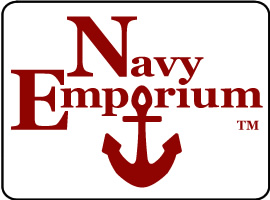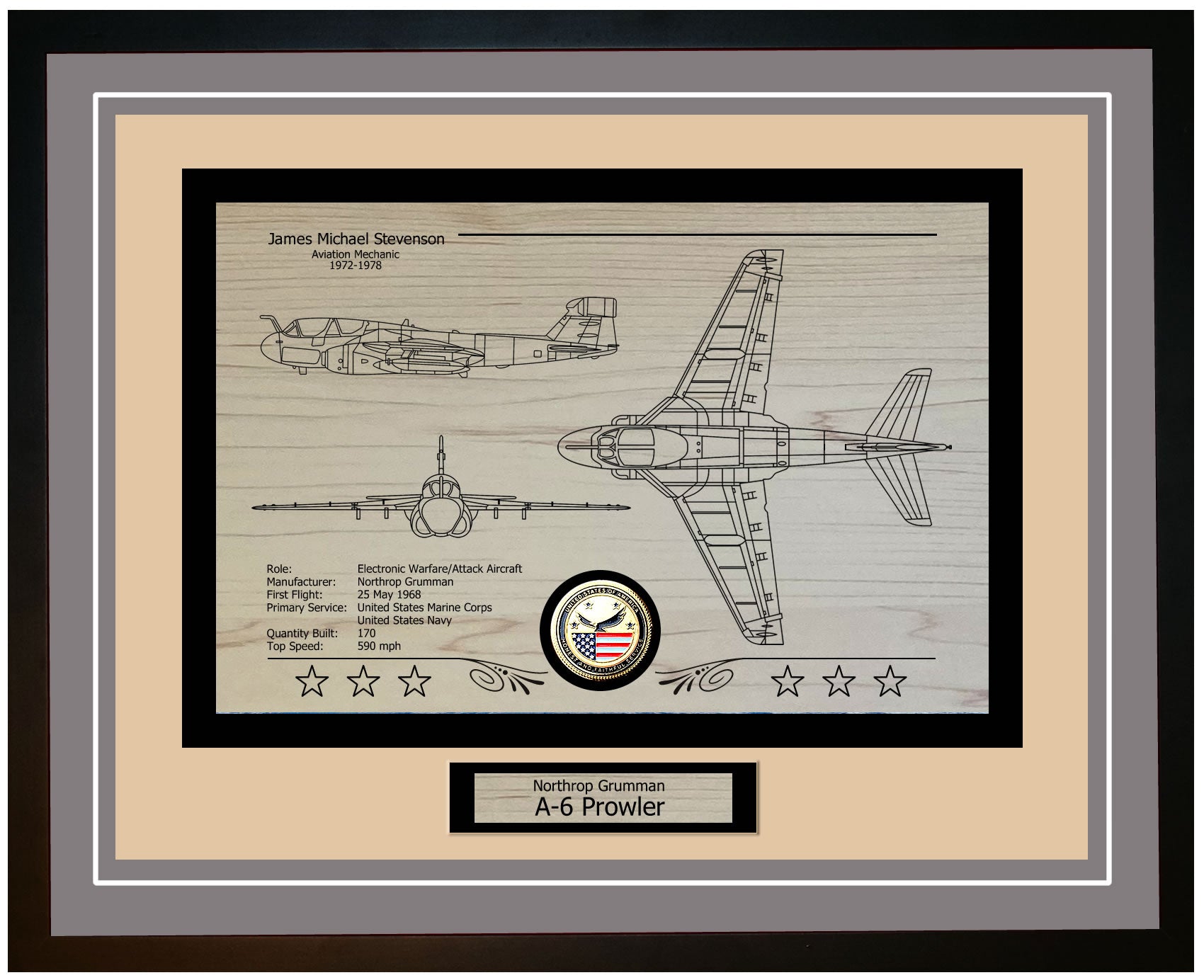The USS Charles J. Kimmel (DE 584) was a destroyer escort of the Rudderow class, built during World War II. Its keel was laid on December 1, 1943, at the Bethlehem Hingham Shipyard in Hingham, Massachusetts. Like other shipyards, it increased production to meet wartime needs. The USS Charles J. Kimmel was launched on January 22, 1944, and officially entered service with the United States Navy on April 26, 1944. The construction of this vessel reflected the mobilization seen in America's wartime efforts, with shipyards operating nonstop to build essential warships.
The ship was named after Ensign Charles J. Kimmel, an aviator who posthumously received the Navy Cross for his bravery during the Battle of Midway. Ensign Kimmel's courage and sacrifice represented the valor displayed by servicemen during the war. Naming the ship in his honor was a tribute to his bravery and a reminder of the sacrifices made by individuals during that era of conflict. Ensign Kimmel's legacy continued through the vessel that bore his name, inspiring those who served aboard her.
The USS Charles J. Kimmel stood out for its weaponry and design, which were typical of Rudderow class destroyer escorts. It was armed with two 5-inch/38 caliber dual-purpose guns, anti-aircraft guns, and depth charge projectors, making it well-suited for surface and anti-submarine warfare. The ship's design focused on versatility and adaptability, allowing it to serve roles such as convoy escort and anti-submarine patrols. Its small size and agility made it a valuable asset in safeguarding Allied shipping lanes from enemy submarines.
The USS Charles J. Kimmel left a lasting impact on the US Navy through its contributions and its role in protective operations. As a destroyer escort, the ship participated in the Battle of the Atlantic, where German U-boats posed significant threats. Its service ensured safe passage for convoys crucial for transporting troops, supplies, and equipment. The ship's operational history underscores the importance of destroyer escorts in maintaining supremacy and achieving victory in World War II.
The USS Charles J. Kimmel was part of the Rudderow class, a group of destroyer escorts designed primarily for submarine warfare. These ships, advancements over the Buckley class, featured improved weaponry and propulsion systems. They were built to counter the growing threat posed by enemy submarines, a concern for Allied operations. The main objective of the Rudderow class was to provide a dependable platform for safeguarding convoys, conducting submarine patrols, and fulfilling escort duties to ensure the safe passage of Allied naval and merchant vessels.
On April 26, 1944, the USS Charles J. Kimmel officially entered service in the US Navy. The commissioning ceremony marked the ship's readiness to join the fleet and contribute to the war effort. The crew, comprising officers and enlisted personnel, took their oaths and assumed their responsibilities in preparation for their duties. The commissioning was not merely a formality but a pivotal moment in enhancing the Navy's capabilities during a crucial phase of the war. Throughout World War II, the USS Charles J. Kimmel distinguished itself through its service, embodying the resilience and resolve of the US Navy.
USS Charles J. Kimmel DE-584: A Deep Dive into the Engineering Marvel and Firepower of a Naval Guardian
The USS Charles J. Kimmel (DE 584) belonged to the Rudderow class destroyer escort group, known for its adaptable design. Measuring 306 feet long and 36.75 feet wide, with a draft of 11.75 feet, it was a powerful vessel. Its hull was made of welded steel, providing strength and durability while keeping its weight lighter compared to riveted structures. This robust build was essential for enduring the challenges of both the Atlantic and Pacific theaters during World War II. The ship's superstructure was carefully crafted to enhance visibility and operational efficiency, featuring a bridge and multiple observation points.
In terms of technology, the USS Charles J. Kimmel was equipped with advanced systems for its era. It operated on two General Electric turbo-electric drive engines that generated 12,000 shaft horsepower. This propulsion setup allowed the ship to achieve speeds of up to 24 knots, enabling it to maneuver effectively for escort and anti-submarine warfare missions. The ship was also fitted with radar and sonar systems, such as the SL surface search radar and the QHB sonar, crucial for detecting enemy submarines and surface vessels. These technological upgrades enabled the USS Charles J. Kimmel to protect convoys and conduct submarine warfare operations.
Regarding weaponry, the USS Charles J. Kimmel was well-prepared to counter both surface and aerial threats. Its main armament comprised two 5-inch/38 caliber dual-purpose guns for engaging aircraft and surface targets. These guns were supported by four 40mm Bofors guns and ten 20mm Oerlikon cannons, providing a strong defense against enemy aircraft, especially during escort missions. The ship was also armed with a Hedgehog submarine mortar capable of launching a pattern of 24 small bombs ahead of the vessel to increase the chances of successfully attacking enemy submarines. The USS Charles J. Kimmel also featured an assortment of depth charge projectors vital for its submarine warfare capabilities.
The ship had various weapons onboard, including eight K-gun depth charge projectors and two depth charge tracks. This setup allowed for rapid deployment of depth charges, creating an effective underwater deterrent for enemy submarines. With these armaments, the vessel proved to be both versatile and efficient in carrying out defensive missions, safeguarding the convoys it protected and contributing to the success of Allied naval operations in World War II.
USS Charles J Kimmel DE-584 Crew Member Reports of Time Aboard
The USS Charles J. Kimmel (DE-584) holds a special place in the hearts of its former crew members, as evidenced by the heartfelt memories shared in its guestbook. These recollections paint a vivid picture of life aboard the ship and the camaraderie that developed among the sailors.
Jay Greeley, a former crew member, shared a particularly poignant memory. He discovered the Plankowner list, a program from the commissioning of the ship, and a campaign map. These items are not just pieces of paper; they are tangible links to the past, evoking the sense of pride and responsibility that came with bringing the USS Charles J. Kimmel to life. The Plankowner list, in particular, is a cherished document, as it includes the names of the original crew members who were there from the very beginning. This list symbolizes the bond formed among those who first set sail on the ship, a bond that would only grow stronger through shared experiences and challenges.
The program from the commissioning ceremony is another significant artifact. It represents the official start of the ship's journey and the crew's commitment to their mission. The ceremony itself would have been a momentous occasion, filled with a mix of excitement and solemnity as the sailors prepared to embark on their duties. The campaign map, meanwhile, offers a glimpse into the strategic movements and operations that the USS Charles J. Kimmel was involved in. It serves as a reminder of the ship's role in larger military efforts and the critical missions that the crew undertook.
These items collectively highlight the sense of history and purpose that permeated life aboard the USS Charles J. Kimmel. They remind us of the dedication and hard work of the crew, who not only operated the ship but also forged lasting friendships and created memories that would stay with them long after their service ended. Jay Greeley's discovery of these artifacts underscores the enduring legacy of the USS Charles J. Kimmel and the deep connection felt by those who served on her.
USS Charles J Kimmel DE-584: Evolution of a Naval Guardian
The USS Charles J. Kimmel (DE 584) underwent upgrades throughout its service life to maintain its strength in the U.S. Navy. Originally a Rudderow class destroyer escort, it featured radar and sonar systems like the SL surface search radar and QHB sonar for anti-submarine warfare (ASW). These systems were crucial for effectively detecting and tracking enemy submarines. Over time, the ship received enhancements to improve its capabilities and radar systems, keeping it effective against evolving maritime threats.
The USS Charles J. Kimmel was equipped with mission capabilities typical of destroyer escorts, including depth charge projectors, Hedgehog anti-submarine mortars, and torpedo tubes for ASW operations. Its armament included 5-inch guns and 40mm anti-aircraft guns, enabling it to engage both surface and aerial threats. During World War II, the USS Charles J. Kimmel carried out essential tasks such as escorting convoys, conducting patrols, and engaging directly with enemy forces. These actions were vital for protecting Allied operations and ensuring their safety.
The ship played a significant role in safeguarding convoys as they navigated the Atlantic and Pacific Oceans, shielding crucial supply lines from threats like submarines and aircraft. By participating in these convoys, the ship deterred enemy attacks and provided a sense of security and morale boost to merchant vessels and their crews. Its effectiveness in ASW operations was evident through successful encounters with enemy submarines, helping reduce the overall U-boat threat during the war.
After its wartime service, the USS Charles J. Kimmel remained an asset during the early stages of the Cold War. Its upgraded systems and diverse mission capabilities allowed it to adapt to evolving dynamics and emerging maritime challenges. Its continued presence in the fleet underscored the importance of destroyer escorts in upholding naval supremacy and safeguarding operations. The lasting impact of the USS Charles J. Kimmel highlights the significance of adaptability, progress, and commitment in serving the U.S. Navy.
USS Charles J Kimmel DE-584: A Legacy of Valor on the High Seas
Throughout its service, the USS Charles J. Kimmel received a range of awards and commendations that showcased its performance and the dedication of its crew. These honors included the American Campaign Medal, the Asiatic-Pacific Campaign Medal with battle stars, and the World War II Victory Medal. These accolades not only acknowledged the ship's operations but also highlighted the courage and resilience of its crew in facing formidable adversaries. The ship's awards serve as a tribute to its role in wartime efforts and its lasting impact on naval history.
Following World War II, the USS Charles J. Kimmel continued serving in various capacities within the Navy, participating in training exercises and reserve fleet duties until its decommissioning in 1946. Its deployments and recognition underscored the important role destroyer escorts played in securing victory for the Allies. The vessel's rich history remains a source of pride for the United States Navy, symbolizing the bravery and dedication of those who served aboard it.
USS Charles J Kimmel DE-584 Ship Specifications
| Specification | Details |
|---|---|
| Class | Rudderow Class Destroyer Escort |
| Commissioned | April 20, 1944 |
| Displacement | 1,810 tons |
| Length | 306 feet |
| Beam | 37 feet |
| Draft | 13.5 feet |
| Speed | 24 knots |
| Complement | 12 Officers 192 Enlisted |






